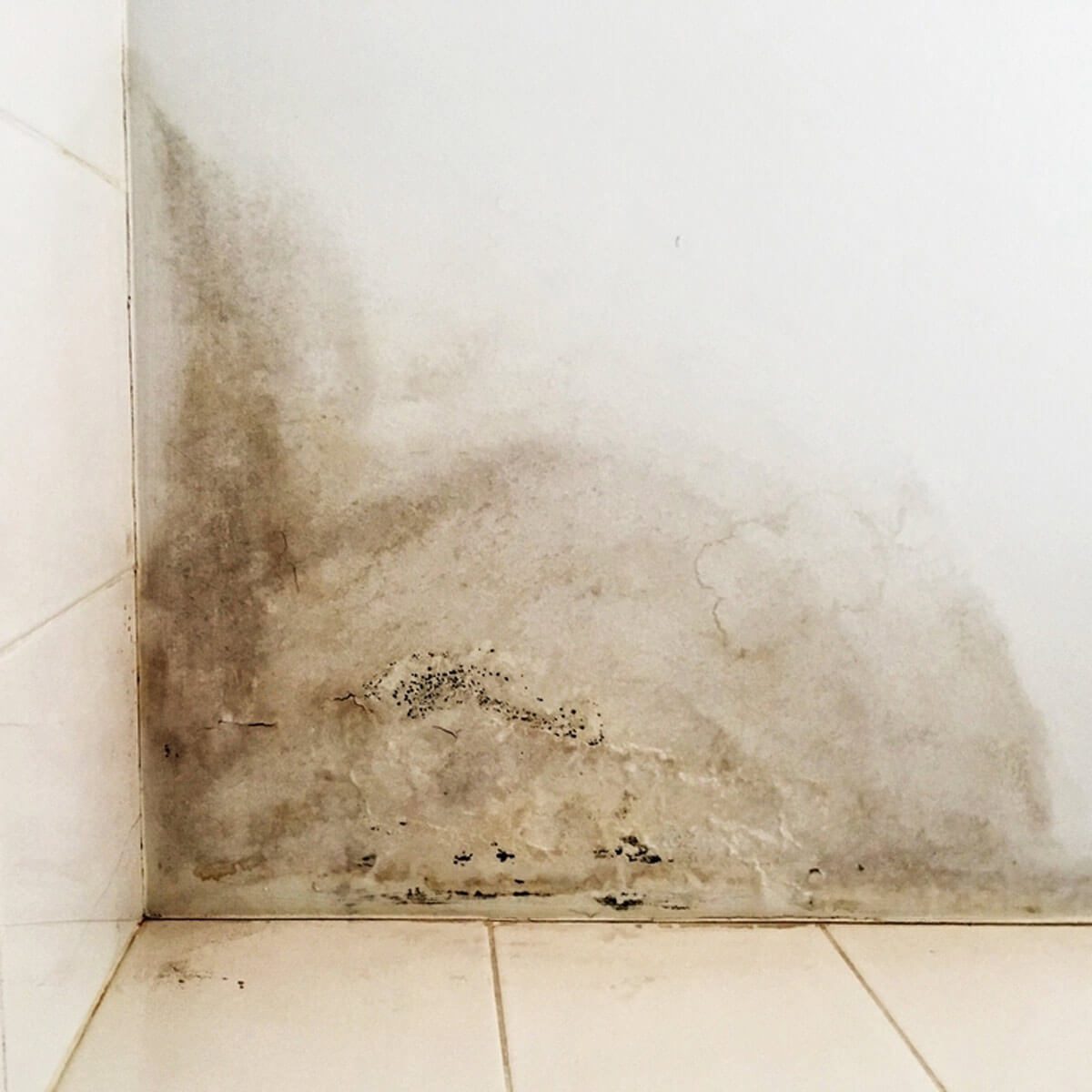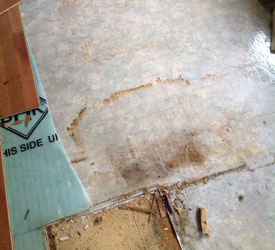Looking for Indicators of Water Damage in the Bathroom
Looking for Indicators of Water Damage in the Bathroom
Blog Article
Just about every person has got their own theory on the subject of How to Repair and Prevent Bathroom Water Damage.

The restroom is incredibly susceptible for moist buildup and also prospective water damage because of the frequent use of water in it. This write-up supplies basic assessment techniques to aid identifying water damages risks.
The frequent use water in the washroom makes it incredibly vulnerable for wet buildup and potential water damages. By checking it frequently, you can reduce water relevant problems.
The following collection of assessments is simple to execute as well as should be done as soon as in every 3 months in order to keep your washroom healthy and to stop prospective water damages brought on by the tub, the shower, pipeline joints and also plumbing, sinks, cupboards, as well as the bathroom
Do not neglect executing these assessments and be thorough while executing them. Bear in mind that these easy examinations can conserve you a lot of cash by supplying early signs for water damages
Sinks and Cabinets
Sinks and also cupboards are exposed to dampness and moisture everyday and are commonly neglected. Evaluate on a regular basis under the sink and on the kitchen counter above it. Fix any type of drip in the catch as it might suggest drainpipe problems. Browse the sink, slow draining pipelines may show a blocked drainpipe. Replace sink seals if they are fractured or loose.
Bath tub and Shower
The shower and also bathtub call for special focus and maintenance. Examine the tiles as well as replace if broken. See to it that there is no missing cement between the ceramic tiles. Evaluate as well as change cracked caulking at joints where the wall surfaces fulfill the floor or the tub. Obstructed drains and also pipes issues will certainly avoid the tub from drying out and also may indicate severe troubles beneath the tub. Seek advice from an expert promptly to prevent structural damages. Pay attention to discolorations or soft locations around the bath tub walls as they may suggest an inner leak.
Plumbing
Signs for water damage are difficult to identify because a lot of pipelines are mounted inside the walls.
Pay special interest to floor covering and walls wetness as well as discolorations as they might indicate an undetectable plumbing trouble. Examine moisture levels in adjoining spaces also.
The Bathroom
The bathroom is a prone water joint. Examine the water lines and also search for leaks around the toilet seat, in the hose pipe, as well as under the water storage tank. If you find any kind of indicators of wetness on the floor around the toilet, check for leaks in the toilet rim as well as container seals.
Know that hanging commode bowl antiperspirants raises the chances for obstructions.
Water Damage Signs In The Bathroom To Avoid Cleanup
Musty smell
This is one of the easiest signs to catch because musty smells are so odorous. The damp, earthy, moldy smell should be a big red flag. The smell will develop when moisture gets trapped in surfaces, and begins to facilitate mold growth. Leaking pipes under cabinets, inside walls, and behind shower fixtures will cause moisture to stay trapped and not dry, which will lead to mold growth and spread. As soon as you notice any musty smells in your bathroom, have it checked for hidden water damage and cleanup signs.
Visible mold
If the smell isn’t there to give it away, sometimes you will actually see mold growth. Finding mold in your bathroom is a serious problem, because mold is very harmful to your health. By the time mold growth is visible, it also means that water damage has already occurred and been present for some time. The only way the mold problem can be resolved is to find the source of the moisture and get it stopped. To safely and adequately remove mold, you need to have professionals handle the remediation. Do not waste any time in getting mold problems addressed, fixed, and sanitized so that you can protect you and your family from the many respiratory symptoms caused by mold exposure.
Damaged floors
Bathroom floors should be able to withstand some exposure to water while still remaining in good condition. However, when excess exposure or water leaks occur, they will begin to damage even the most water-resistant flooring. If you notice any cracking, bubbling, staining, or warping on your bathroom floors, there is probably a water leak somewhere causing the distortion. If you notice areas of the floor have become softer, or even have a spongy feeling, there is probably damage to the subfloor. Subflooring is typically made up of plywood. When plywood is exposed to water or moisture, it will absorb it. Once it has become saturated, the weight of the excess water will cause the wood to swell and soften. Check the floors in your bathroom frequently to catch any of these sings before they lead to damaged subflooring.
Changes on walls
When water leaks behind walls, it will cause changes in the drywall. Peeling plaster, blistering paint, and soggy wallpaper are all good indicators that excess water is building up behind the wall. Water leaking behind drywall will cause it to swell and be soft to the tough. If you start to notice gaps along the trim of your walls, or where tile meets the wall, it could also be a strong indicator that there is a leak behind the wall. Any changes, distortion, or damage on the walls should be evaluated as soon as you notice it to prevent further water damage and cleanup.

I recently found that blog post about How to Repair and Prevent Bathroom Water Damage when doing a lookup on the internet. Are you aware of another individual who is fascinated about the subject? Take a moment to share it. Bless you for your time. Visit again soon.
Try Here Report this page